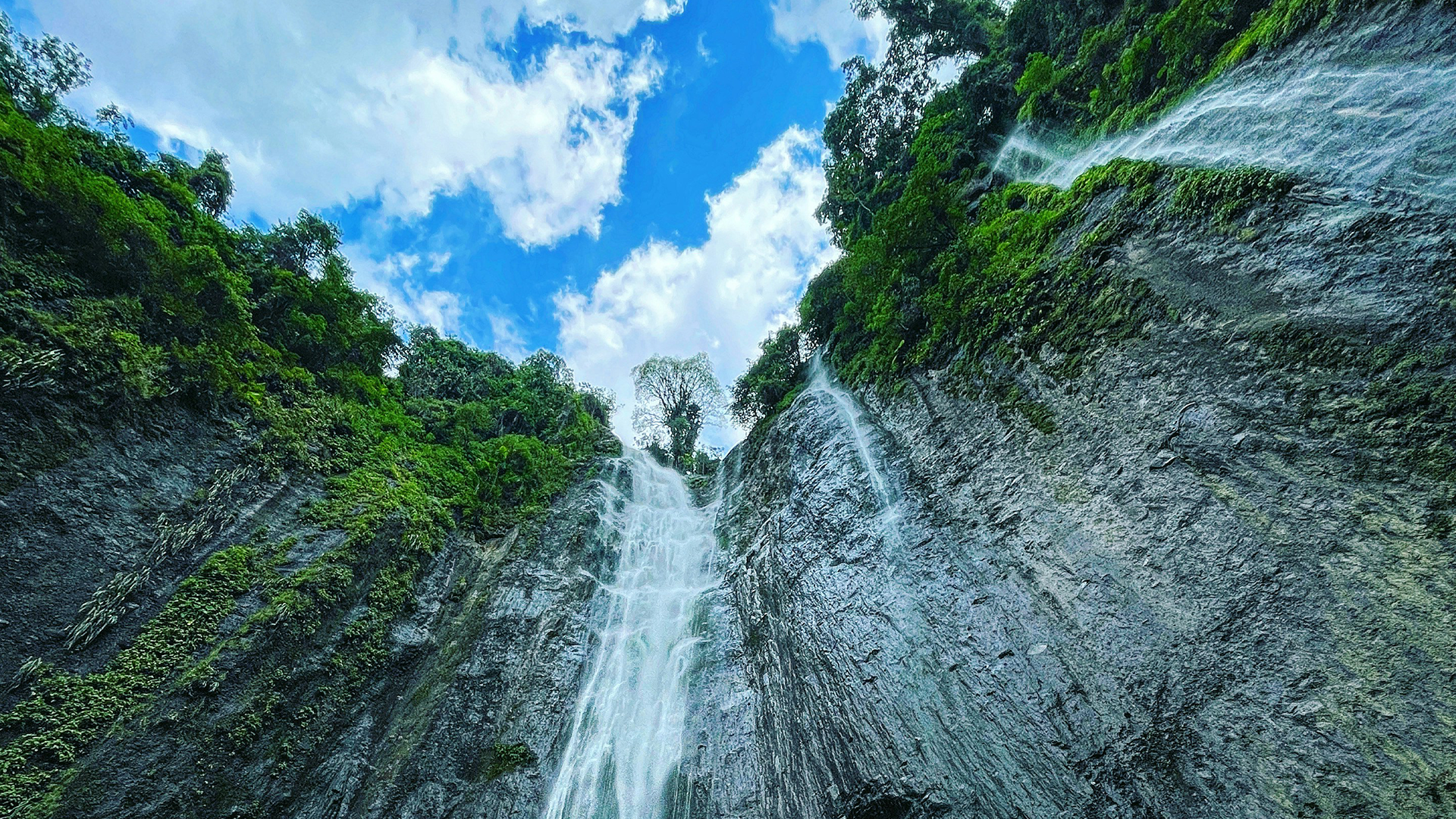
Our favorite Christmas ads show how adland can shape culture this festive season


Thought Leadership
In helping to plug gaps in our knowledge and reimagine the way we view the world, technology adoption will help us go a long way in achieving our #GenerationRestoration goals.
In the year 2024, the interplay between technology and sustainability holds more potential than ever. Innovation in the tech sector has not always been good for the planet — just think about electronic waste and the high energy usage of data centers.
Yet, the tech sector has in recent years been held to account and becoming more interested in reducing its global carbon footprint and alleviating the damage done to the environment. For example, Apple recently released a popular video which saw its team, including CEO Tim Cook, report the company’s sustainability progress to Mother Nature herself.
It’s not just a branding exercise of course.
More businesses are looking at ways that technology can genuinely transform their industries, especially for those carbon-intensive yet highly necessary sectors such as agriculture, supply chain and infrastructure. While it’s not a panacea, technology has the power to increase productivity, reduce waste, plug data gaps, and measure and predict precisely.
And it already begins at the conceptualisation phase. More than 80% of product-related environmental impacts are determined during the design phase of a product, according to the European Commission. Designers who can embed sustainability into their software development can ensure that environmental concerns are incorporated into the decision making and help companies operate more sustainably.
Augmented reality (AR) technology can also increase sustainability by enabling architects to better envision their complex models and designs, which could help them better analyse the environmental factors and develop more energy-efficient buildings.
Artificial intelligence (AI) is also cementing itself as a powerful ally for achieving sustainable goals across all sectors. In conservation work, AI is not only used for habitat monitoring and wildlife protection, it can also aid in ecosystem restoration efforts by analysing ecological data and recommending the best solutions.
This year’s World Environment Day is focusing on restoring ecosystems, which includes replanting our forests, rewetting our marshes and reviving our soils. In helping to plug gaps in our knowledge and reimagine the way we view the world, technology adoption will help us go a long way in achieving our #GenerationRestoration goals.
{"fill_in_all_required_fields":"Please fill in all required fields.","enter_valid_email":"Please enter valid email address.","something_went_wrong":"Something went wrong. Please refresh the page and try again.","submitting_no_longer_accepted":"Form submissions are no longer accepted. Please try again later.","token_has_expired":"This form has expired. Please refresh the page and try again.","must_agree_to_data_collection":"You must agree to our data collection terms to submit this form.","problem_with_submitted_data":"There was a problem with your form data. Please review your information and try again.","checkbox_icon_description":"checked checkbox","registration_successful":"Registration successful","thank_you_for_registering":"Thank you for registering for the report. You can now download the report.","download_report":"Download the Report"}